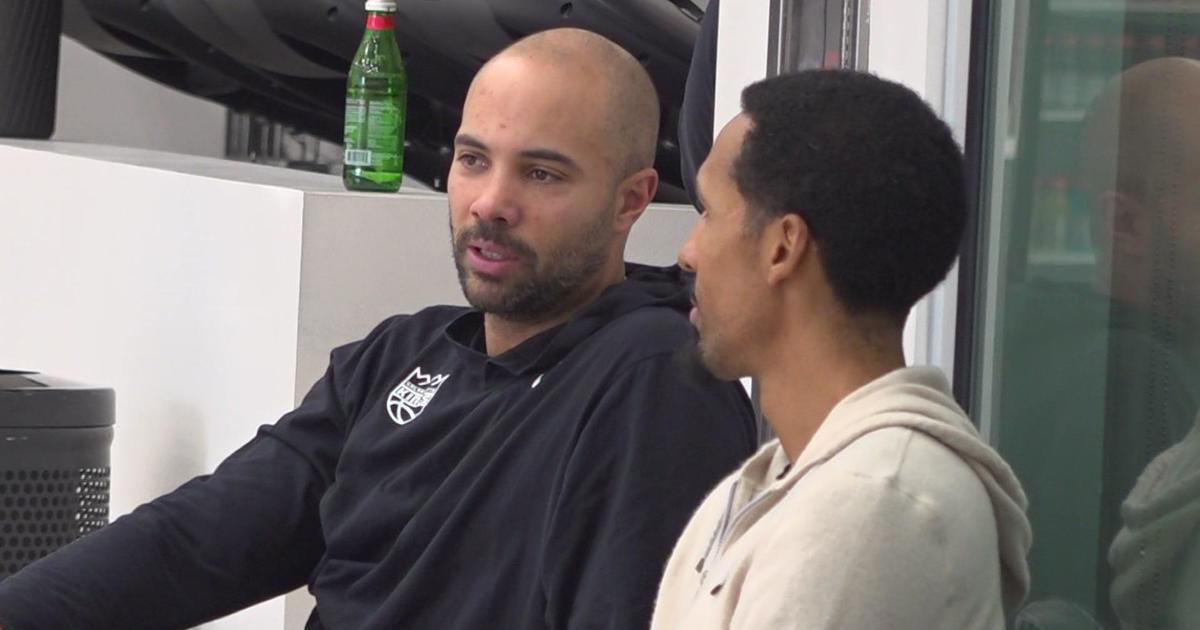New Helmet Technology Isn't A Cure-All For Football's Concussion Issues
Ryan Mayer
Head trauma.
Two words that have become synonymous with the country's most popular sport.
The looming shadow of the long-term health effects of concussions and the violent collisions that NFL players undertake for our enjoyment each weekend has lurked in the background, all too willing to remind us, and players of the potential consequences in their later years. It has been the driving force behind league rules, research, and new technology associated with the game all in an attempt to make the sport safer.
Last week, we got a glimpse at a pair of new helmets that are being introduced at different levels of football in an attempt to continue down that path of safety.
The Zero1 helmet, introduced by Seattle startup Vicis, is a leap forward in helmet design. According to the "Play Smart, Play Safe" initiative established by the NFL -- in conjunction with the NFLPA -- the helmet was determined to be the highest performing helmet of the 33 tested in the lab and it has reportedly been purchased by 25 teams in advance of this upcoming season.
According to the company's website, the helmet is designed so that "multiple layers work together to slow impact forces. The helmet features a soft outer shell and an underlying layer of columns designed to mitigate collisions from multiple directions." Vicis released a promotional video that helps explain how the helmet works that you can see above.
By any measure, this technology looks to be a step forward in the fight for better safety for football players of all ages. In addition, at the college level, the University of Texas unveiled new helmets that incorporate Riddell's InSite technology, that allows the training staff, via sensors within the helmets, to monitor hits taken by the players during the course of practice or a game.
Both of these new pieces of tech look impressive, and should continue helping the ball roll towards a safer version of football. But, helmet technology isn't a panacea for the problems that the game faces. It is at best, a tool to help improve the conditions.
"New helmet technology may be beneficial for football's problem of concussions. However, I do not believe that any new helmet can ultimately thoroughly solve the problem, as individuals will still be experiencing head collisions and impacts," said Dr. Teena Shetty, a neurologist at the Hospital for Special Surgery in New York City via email. "Even if these helmets lessen the force of the blow, repeated force over time (including sub-concussive blows) may imply consequences that we are still trying to understand."
Dr. Shetty is hopeful that the new tech, particularly the helmets with sensors being introduced by Texas, will contribute to a better understanding of the cumulative amount of force that a player experiences over the course of a season. But, she also cautions that, just because we have more data available to us, that doesn't mean that we can make overarching conclusions about what amount of force is a safe impact for players, because as with many things in the realm of human health, there's a certain amount of individuality at play.
"This technology has the possibility to lead to change in the sport. However, one detail that makes this data analysis difficult is the individuality of mild Traumatic Brain Injury, or concussion," said Dr. Shetty. "Whereas one blow with a small amount of force may lead to a concussion in one individual, another player may sustain repeated hits to the head over a season and experience no concussive symptoms."
This isn't to take away anything from the two companies, Vicis and Riddell, who are both pouring money into attempting to produce helmets that address the largest issue facing the sport. Their new helmet designs are sure to help better our understanding of head trauma and concussions. However, the onus for more effectively slaying the specter of danger facing the sport falls on the players and coaches.
"One of the most powerful ways to minimize risk is to create an atmosphere where players feel safe and comfortable reporting symptoms of a head injury," said Dr. Shetty. "The most dangerous scenario is when a player returns to the field before they are fully recovered, as a second impact if not fully recovered can be devastating. I have seen the sport begin to change in this direction, as players are automatically removed from play after a hit to the head, but there is still a ways to go to make sport even safer."
As we've seen in recent days, players who are at the top of the sport, such as New Orleans Saints QB Drew Brees or former Detroit Lions wide receiver Calvin Johnson, have acknowledged that they either have or would hide concussions from the training staff.
This is the part of the sport that no matter what changes in technology, rules, or improvements in the spotting and diagnosis of concussions can combat. If players don't feel safe to report concussions, or are worried that they will lose their spot by being injured, then the problem is unlikely to be solved.
We can revel in the advances made in helmet tech and applaud those companies for it. The understanding among players of the seriousness of concussions and head trauma is continuing to improve. But, until we get to a place where players feel completely comfortable telling someone that something feels off, the sport's problem will remain.



